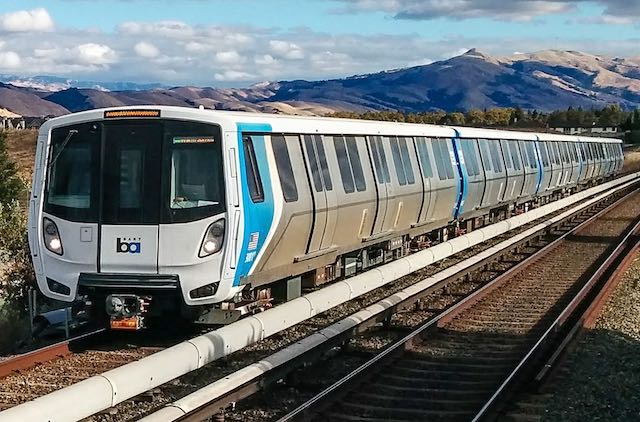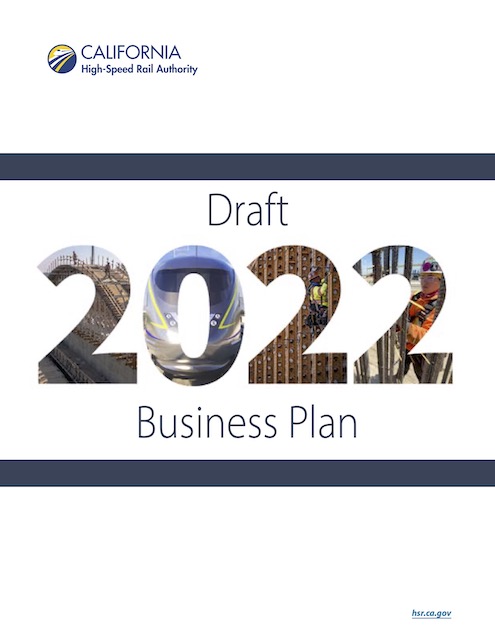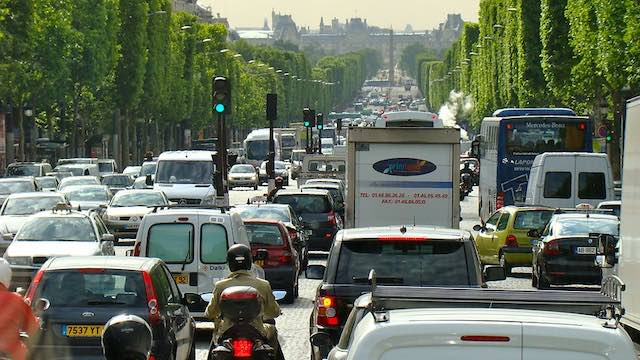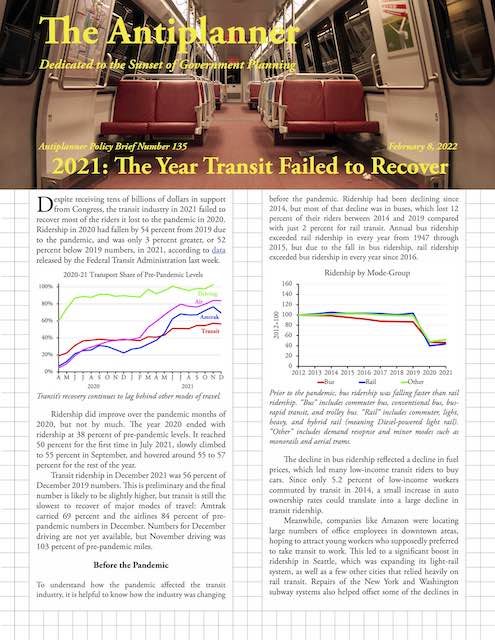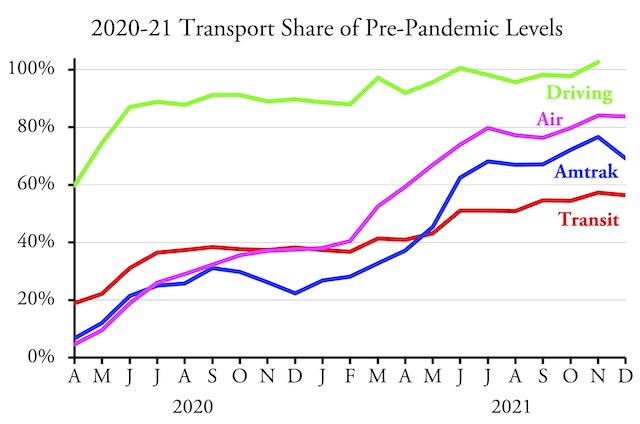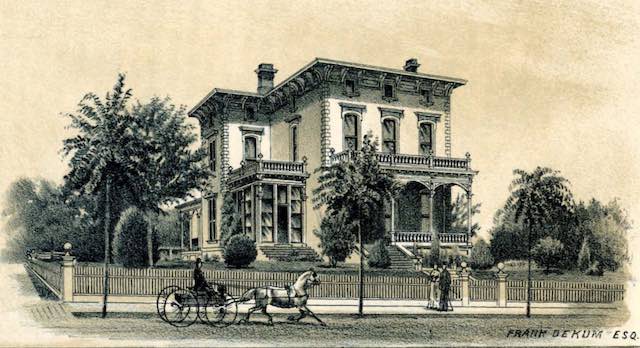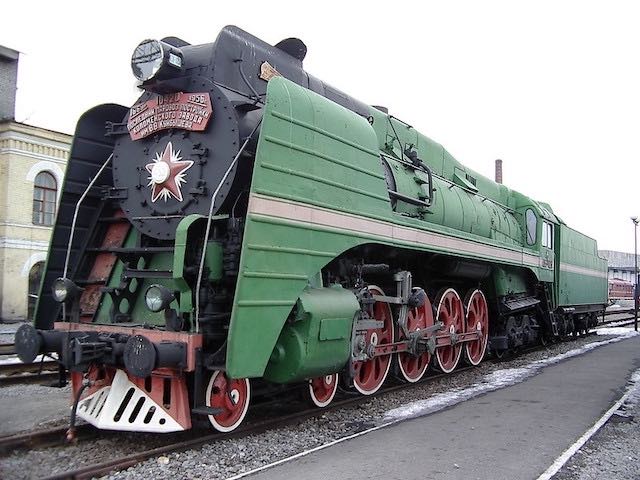“During the pandemic lockdowns, the email jobs caste [meaning remote workers] loved to talk about essential workers,” observes Marxist writer Malcom Kyeyune, but they now regard those workers with “outright hatred.” His fellow leftists claim to speak for the working class, charges Kyeyune, but in fact the leftist movement and the working-class movement have “divorced.”
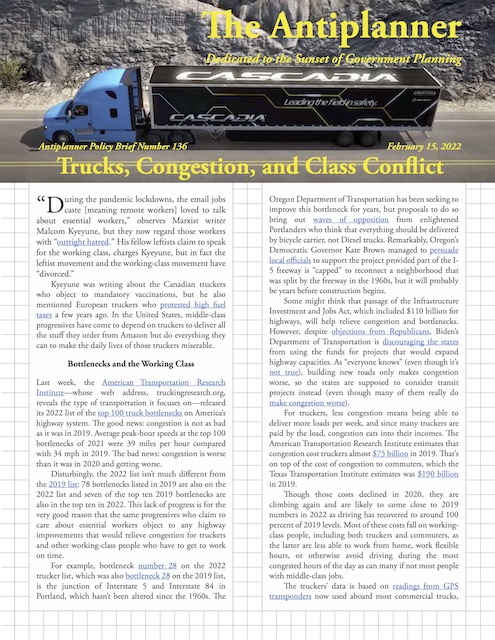 Click image to download a four-page PDF of this policy brief.
Click image to download a four-page PDF of this policy brief.
Kyeyune was writing about the Canadian truckers who object to mandatory vaccinations, but he also mentioned European truckers who protested high fuel taxes a few years ago. In the United States, middle-class progressives have come to depend on truckers to deliver all the stuff they order from Amazon but do everything they can to make the daily lives of those truckers miserable. Continue reading

